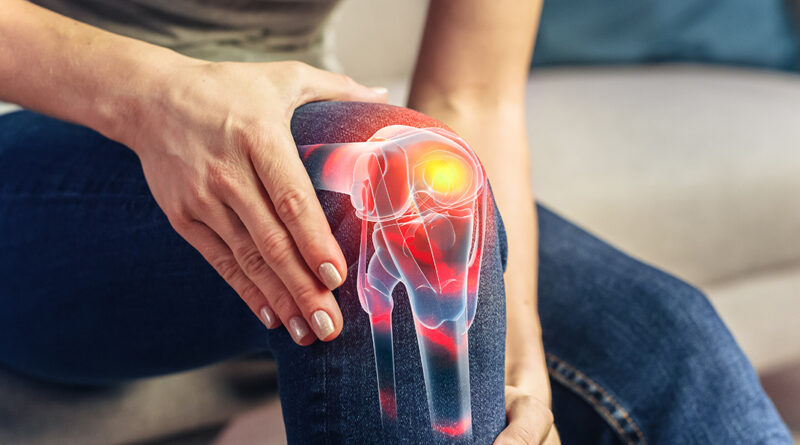Your Knees: How to Keep Them in Shape
Experts offer tips to keep and prolong the health of your knees
By Deborah Jeanne Sergeant
Few physical activities don’t involve the knees. Once your knees go bad, it’s tough to find joint-friendly exercises that can help keep you moving and vibrant.
If you still have good knees, count it as a blessing and try these tips to keep them happy and healthy.
“I always tell my patients to continue to stay active or try to add healthy activities to their daily routines such as walking, biking — both outside and stationary — and low impact sports,” said orthopedist David A. Quinzi, affiliated with Syracuse Orthopedic Specialists in Syracuse. “The activity not only keeps the joints moving and healthy with regards to range of motion but also helps keep weight at an appropriate level which places less stress on the joints overall.”
Carrying too much body weight stresses joints, including the knees, which can increase your risk for knee problems.
Keep in mind that your joints work together for your body’s mobility. Problems elsewhere can manifest in knee problems as your knees try to compensate.
“A lot of it boils down to ensuring you have proper hip mobility,” said Michael Cioci, physical therapist at Apollo Physical Therapy in Oswego. “The hip controls the movement of the knee. It’s the joint where we use mobility the easiest. People aren’t able to cross their legs or crouch. They start taking shorter steps. When they lose hip mobility and strength, it causes problems. The hip strength really affects the knee. Once we fix hip mobility, it takes pressure off the knee and kneecap.”
Cioci explained that we live “forward” by maintaining the ability to bring the knee up and forward to the chest but more quickly losing the ability to bring the heel of the foot back to the buttocks.
“That’s where the problem comes from,” Cioci said. “We don’t notice it but that ability is gone sooner than every other movement because we don’t tend to move that way. And then we start losing the ability to take a longer stride.”
Short, shuffling steps can lead to a greater risk of falling, especially in older age when the reflexes aren’t as fast as they used to be.
To improve hip mobility, perform more stretches such as bending the knee and allowing the top of the foot to rest on a chair. While holding a stable object such as the back of another chair, bend back towards the foot.
Another option is a half-kneel lunge.
“That works really well to make sure that hip can go behind you,” Cioci said. “Go slowly. Make sure that it doesn’t cause pain for a long period after as you don’t want to irritate the joints. We can stay strong but we have to ensure that we keep the hip and spine mobility and knee mobility. I think the healthier we stay and more comfortable we are.”
Activities such as yoga, dance and tai chi can help improve flexibility throughout the body and help reduce strain on the knees.

